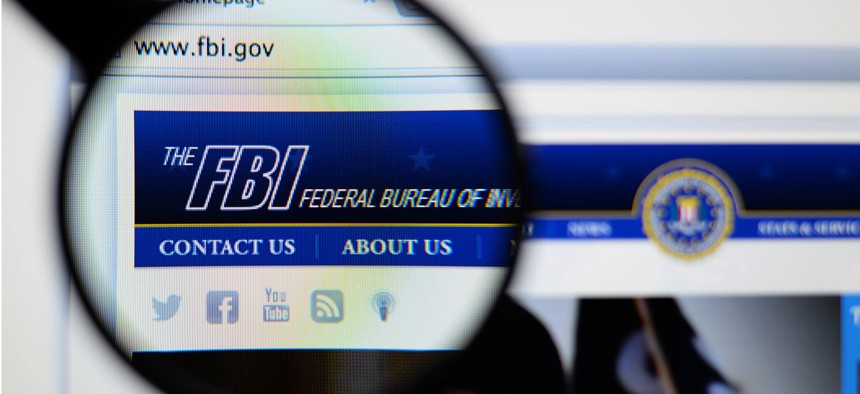Do Law Enforcement Agencies Need to Step Up Their Tech Game?

Gil C/Shutterstock.com
A new study examined the tools at the disposal of some 18,000 law enforcement agencies across the U.S. -- and the emerging tech they need to do their jobs better.
Despite incorporating such innovations as automatic license plate readers and more than a dozen geospatial tools, the U.S. law enforcement community’s technological implementation still has a ways to go, according to a new recently released report by the RAND Corporation.
The study, “High-Priority Information Technology Needs for Law Enforcement,” examined the technological tools at the disposal of some 18,000 law enforcement agencies across the U.S. -- and the emerging tech they need to do their jobs better.
The National Institute of Justice -- part of the Justice Department -- is the main force behind equipping law enforcement with effective technological tools. But it's working against an extremely tight budget. In 2014, the institute was awarded only about $40 million in funding, far less than even the FBI.
The report looked at some of the areas where law enforcement needs to step up its game in using existing technology.
Automatic license plate readers can be helpful in certain limited circumstances, for example, when law enforcement responds to incidents involving stolen cars, the report stated. But when they are used for crime analysis, they require additional improvements, according to the report. Not only is it important that the license plate reader data be available across agency lines, but there should also be a more effective privacy policy associated with the tool.
Predictive analytics has so far “been a bit of an afterthought to date,” stated the report, in part because technological improvements are needed to fully realize its promise. For example, the analytics field should provide more robust tools for providing users with additional context regarding a situation, such as recent criminal and police activity.
Of the 14 geospatial tools evaluated by the report, all but two were found to be “functional,” according to the study. But that’s not the same as law enforcement using them widely and effectively. The report suggested the institute keep closer watch over the development and use of these tools. The study also called on the institute to “improve the interoperability of NIJ-funded tools with existing systems.”
The report also examined more than 100 of the law enforcement community's remaining needs.
Here are some of those deemed most important:
Social media's effectiveness in allowing law enforcement to connect with the general public has a lot to do with its simplicity. The report suggested law enforcement agencies use Facebook and Twitter to share information with members of the public and direct them to helpful resources.
During extreme crisis events, police departments may need to locate each of their officers. Outfitting each member with a wearable tracking system, which could be activated during a disaster, could help coordinate the most effective response, according the report.
For the protection of both citizens and police departments, the report outlined a need for light, wearable cameras. These would be used to record all interactions between both parties.
Although there are currently guides available to law enforcement explaining best practices, there isn’t one central data bank containing all of them. The report suggested creating a repository of criminal justice best practices.
(Image via Gil C/ Shutterstock.com)





